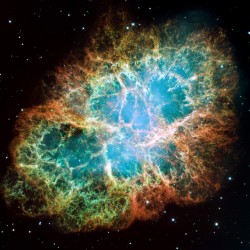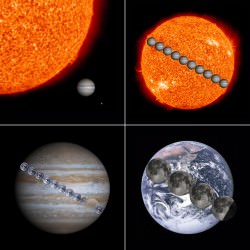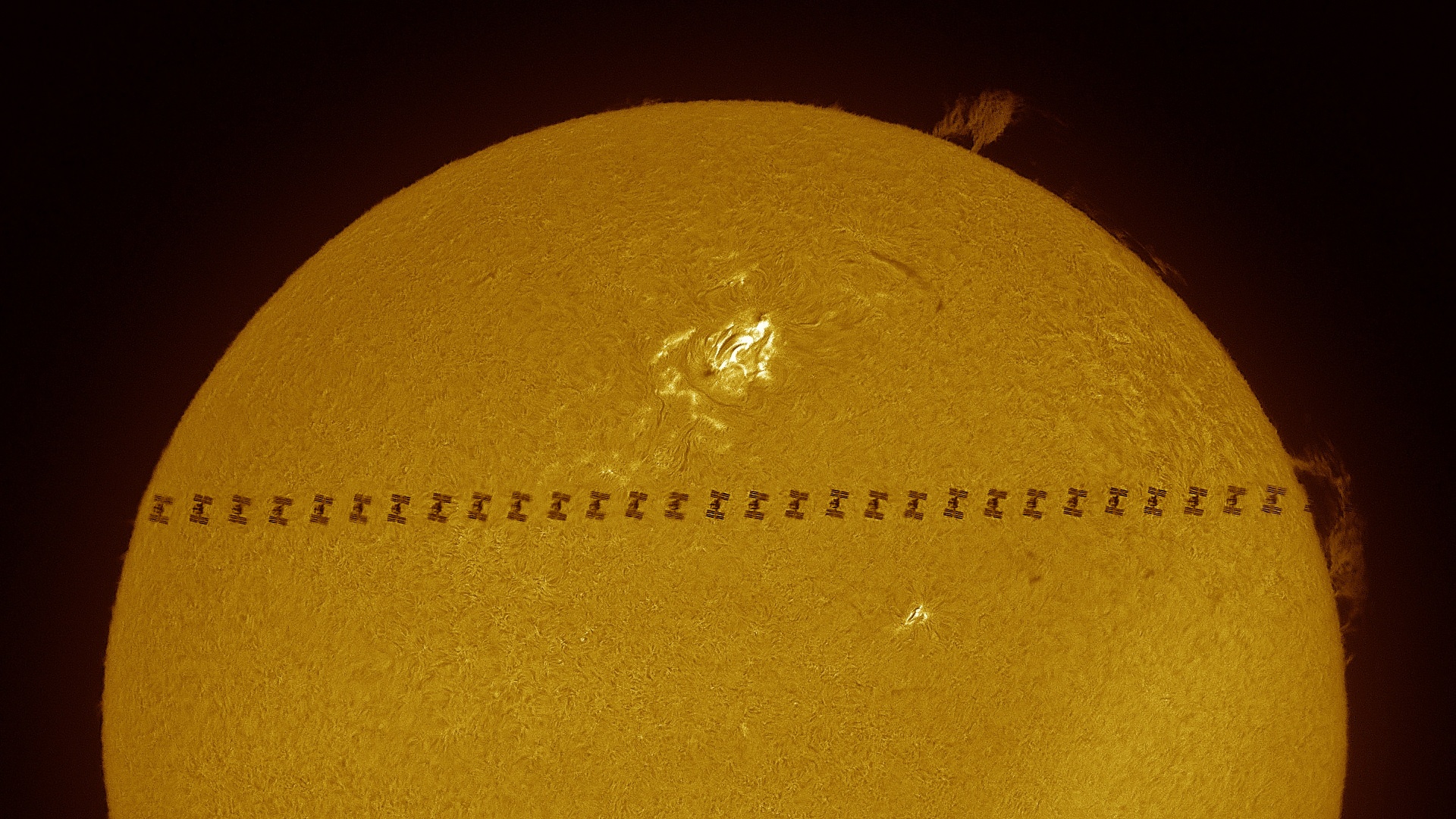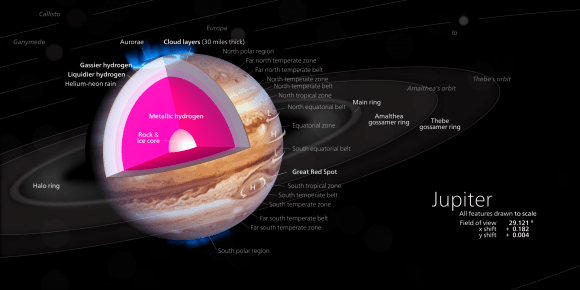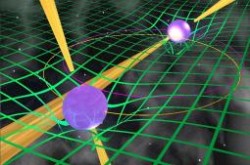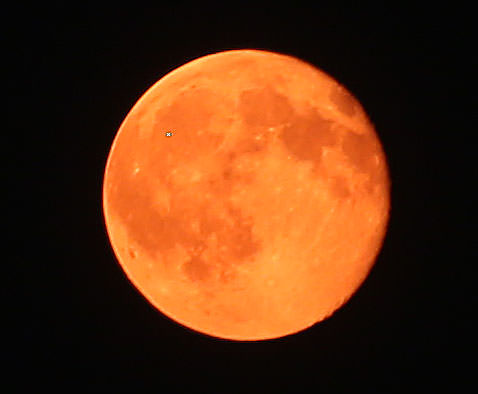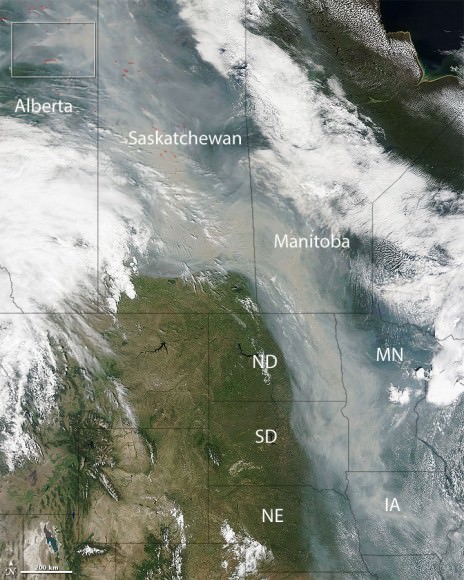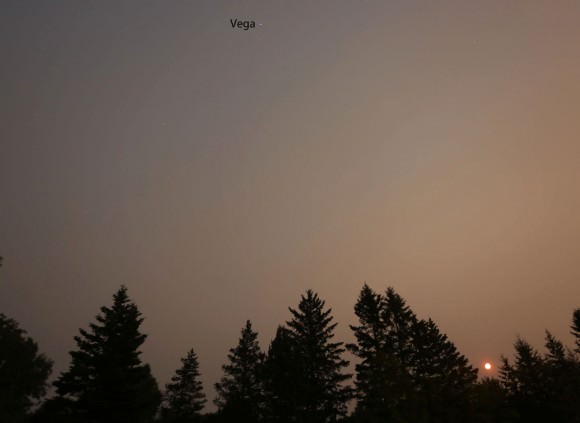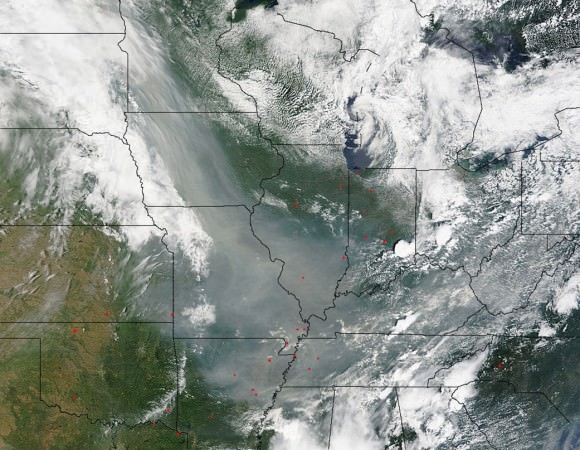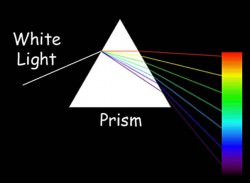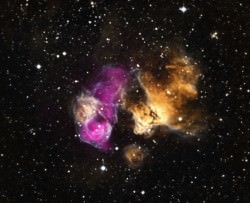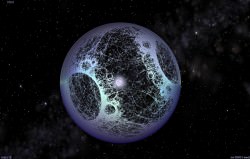Since the energy required to fuse iron is more than the energy that you get from doing it, could you use iron to kill a star like our sun?
A fan favorite was How Much Water Would it Take to Extinguish the Sun? Go ahead and watch it now if you like. Or… if you don’t have time to watch me set up the science, deliver a bunch of hilarious zingers and obscure sci-fi references, here’s the short version:
The Sun is not on fire, it’s a fusion reaction. Hydrogen mashes up to produce helium and energy. Lots and lots of energy. Water is mostly hydrogen, adding water would give more fuel and make it burn hotter. But some of you clever viewers proposed another way to kill the Sun. Kill it with iron!
Iron? That seems pretty specific. Why iron and not something else, like butter, donuts, or sitting on the couch playing video games – all the things working to kill me? Is iron poison to stars? An iron bar? Possibly iron bullets? Iron punches? Possibly from fashioning a suit and attacking it as some kind of Iron Man?
Time for some stellar physics. Stars are massive balls of plasma. Mostly hydrogen and helium, and leftover salad from the Big Bang. Mass holds them together in a sphere, creating temperatures and pressures at their cores, where atoms of hydrogen are crushed together into helium, releasing energy. This energy, in the form of photons pushes outward. As they escape the star, this counteracts the force of gravity trying to pull it inward.
Over the course of billions of years, the star uses up the reserves of hydrogen, building up helium. If it’s massive enough, it will switch to helium when the hydrogen is gone. Then it can switch to oxygen, and then silicon, and all the way up the periodic table of elements.
The most massive stars in the Universe, the ones with at least 8 times the mass of the Sun, have enough temperature and pressure that they can fuse elements all the way up to iron, the 26th element on the Periodic Table. At that point, the energy required to fuse iron is more than the energy that you get from fusing iron, no matter how massive a star you are.
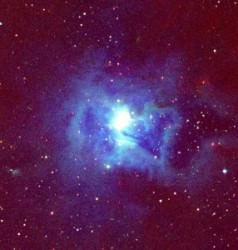
In a fraction of a second, the core of the Sun shuts off. It’s no longer pushing outward with its light pressure, and so the outer layers collapse inward, creating a black hole and a supernova. It sure looks like the build up of iron in the core killed it.
Is it true then? Is iron the Achilles heel of stars? Not really. Iron is the byproduct of fusion within the most massive stars. Just like ash is the byproduct of combustion, or poop is the byproduct of human digestion.
It’s not poison, which stops or destroys processes within the human body. A better analogy might be fiber. Your body can’t get any nutritional value out of fiber, like grass. If all you had to eat was grass, you’d starve, but it’s not like the grass is poisoning you. As long as you got adequate nutrition, you could eat an immense amount of grass and not die. It’s about the food, not the grass.
The Sun already has plenty of iron; it’s 0.1% iron. That little nugget would work out to be 330 times the mass of the Earth. If you gave it much more iron, it would just give the Sun more mass, which would give it more gravity to raise the temperature and pressure at the core, which would help it do even more fusion.
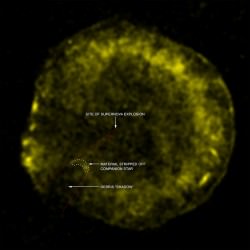
If you just poured iron into a star, it wouldn’t kill it. It would just make it more massive and then hotter and capable of supporting the fusion of heavier elements. As long as there’s still viable fuel at the core of the star, and adequate temperatures and pressures, it’ll continue fusing and releasing energy.
If you could swap out the hydrogen in the Sun with a core of iron, you would indeed kill it dead, or any star for that matter. It wouldn’t explode, though. Only if it was at least 8 times the mass of the Sun to begin with. Then would you have enough mass bearing down on the inert core to create a core collapse supernova.
In fact, since you’ve got the power to magically replace stellar cores, you would only need to replace the Sun’s core with carbon or oxygen to kill it. It actually doesn’t have enough mass to fuse even carbon. As soon as you replaced the Sun’s core, it would shut off fusion. It would immediately become a white dwarf, and begin slowly cooling down to the background temperature of the Universe.
Iron in bullet, bar, man or any other form isn’t poison to a star. It just happens to be an element that no star can use to generate energy from fusion. As long as there’s still viable fuel at the core of a star, and the pressure and temperature to bring them together, the star will continue to pump out energy.
What other exotic ways would you use to try and kill the Sun? Give us your suggestions in the comments below.



